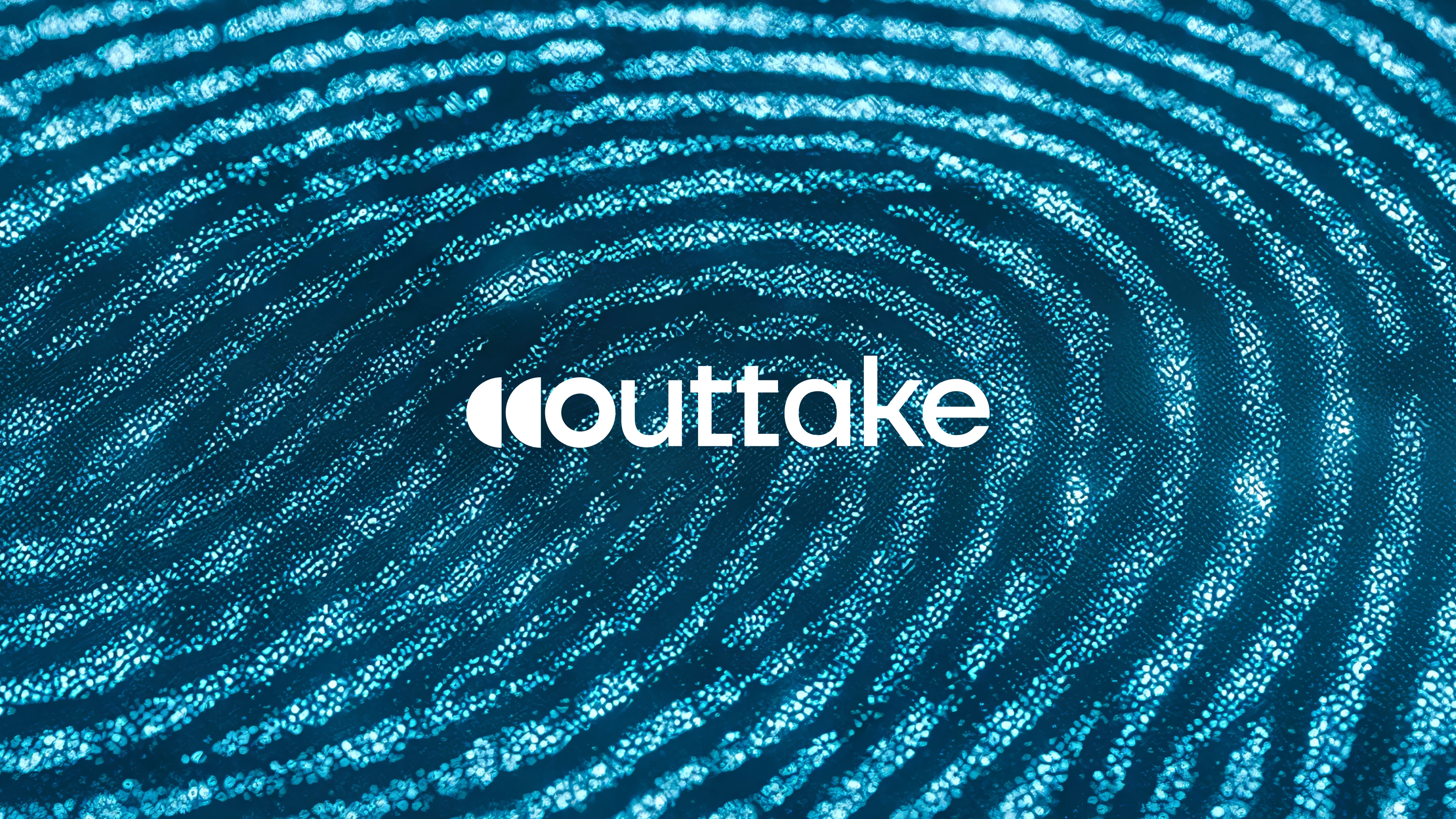Outtake’s cybersecurity agents automate detection and remediation with speed and precision enterprise security teams can trust.

As digital threats become more sophisticated and targeted, enterprise security teams are under pressure to respond to more alerts at a higher frequency.
Most alternative solutions still rely on third-party contractors to manually review flagged content—a process that can be slow, inconsistent, and expensive. Outtake(opens in a new window) reimagines that system with always-on AI agents that scan millions of surface areas, such as webpages, app store listings, and ads, per minute, building a map of trustworthy and suspicious entities. That map helps security teams understand what’s happening, who’s behind it, and route resolution recommendations for expert review in a matter of hours.
Built with GPT‑4o and OpenAI o3, Outtake’s system offers 24/7 threat coverage with no ticket backlogs, enabling cybersecurity teams to stay ahead of fast-changing threats with accuracy and speed.
“Security threats now mutate every hour, and OpenAI’s models make it possible for our defense to move just as fast,” says Alex Dhillon, Founder and CEO of Outtake. “The models make it possible to build and automate parts of this workflow that weren’t feasible before this generation of agentic AI.”
At the core of Outtake’s platform is a system of customizable AI agents designed to investigate digital threats and carry out enforcement decisions, all orchestrated by GPT‑4.1 and OpenAI o3. Customers configure verified whitelists, brand guidelines, intellectual property policies, and enforcement preferences, then train the agent using natural language.
Once deployed, the agents continuously crawl surfaces such as app stores, websites, social platforms, and ads to collect and interpret raw signals at scale.
GPT‑4.1 processes multimodal inputs like screenshots, transcripts, and embedded visuals, surfacing potential threats even when signals are buried inside images or videos.
Outtake’s verified communication network: AI agents scan surface areas and map trustworthy and suspicious entities.
Each finding is scored for severity. GPT‑4.1 classifies the abuse type, such as phishing, impersonation, or copyright violation, and determines whether the system should take action.
OpenAI o3 connects the dots across platforms to reveal larger patterns, like when a spoofed domain, a lookalike app, and a fake social account all point to the same abuse campaign. Outtake is building toward higher-order reasoning that helps agents detect coordinated threats that might otherwise go undetected in isolation.
Outtake customers stay in control of the decision-making logic. Agents follow predefined rules, but security and legal teams can intervene on edge cases or override decisions. And customer feedback can be incorporated in real time, allowing Outtake’s agents to adapt to new rules and threats without retraining or engineering changes.

Once a case meets enforcement criteria, function calling allows the agent to automatically compile the relevant evidence, draft and file a resolution notice. These actions are taken quickly and are logged and auditable, with outputs optimized to meet the compliance requirements of each platform.
Outtake has reduced takedown timelines from 60 days to just hours and helped enterprise customers avoid millions in fraud losses. This speed is possible because the AI agent handles the investigative grunt work, freeing analysts to focus on final reviews and new threats.
Outtake’s agents operate in complex, high-stakes environments where reasoning across platforms and formats is essential. The models powering them must detect subtle patterns, connect related signals, and generate outputs that hold up under scrutiny.
In internal evaluations, OpenAI models consistently outperform alternatives, particularly across reasoning accuracy. This performance gives Outtake the confidence to scale its system without compromising on quality, enabling agentic AI to handle high volumes of enforcement with speed and consistency.
“We’ve built an in-house system to evaluate new models against cybersecurity-specific KPIs,” says Dhillon. “Consistently, none come close to the reliability we get from OpenAI at current price points, especially when the agent has to reason through convoluted, multimodal signals. That kind of multi-step reasoning across disparate surface areas is what makes the product viable.
As digital threats grow more sophisticated and scale in volume, Outtake is extending its defense system to help customers strengthen identity across their networks and foster more transparent communication between humans and AI online. Maintaining trust in this expanding digital landscape requires agents that can reason across context, modality, and intent, which is why Outtake continues to rely on OpenAI models at the core of its system.
“OpenAI models gave us the speed and reasoning to match the threat,” says Dhillon. “We’re continuing to build with OpenAI so our agents can adapt just as quickly as the attacks do.”




